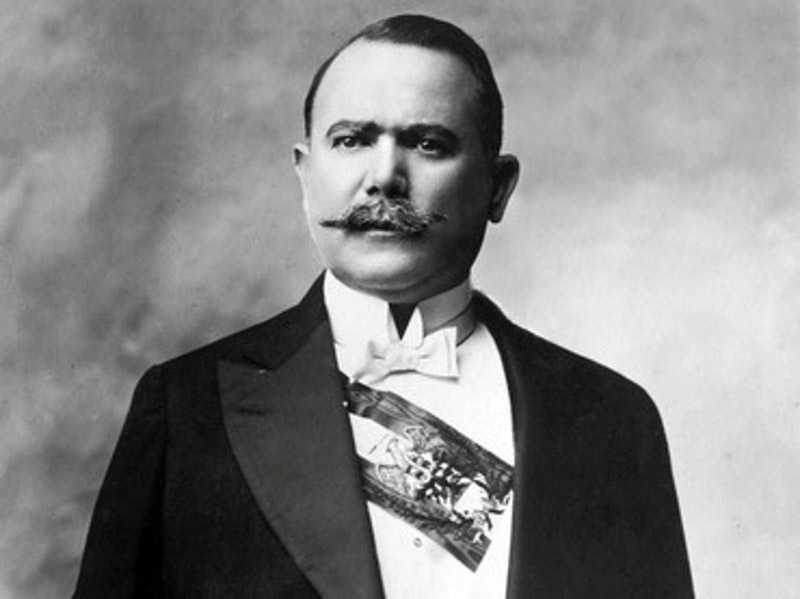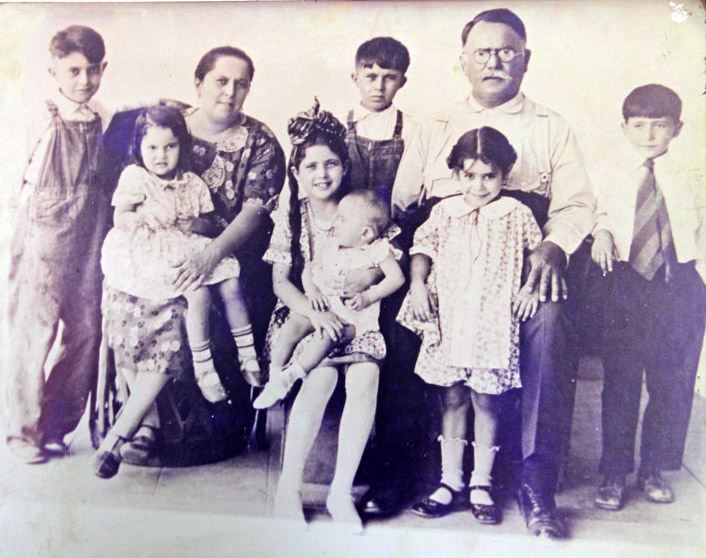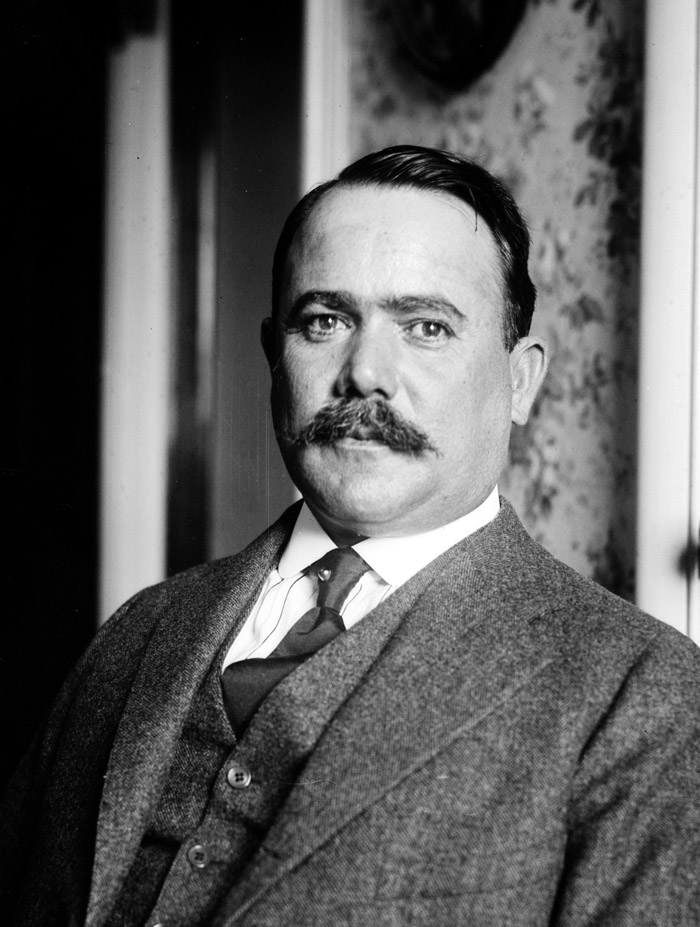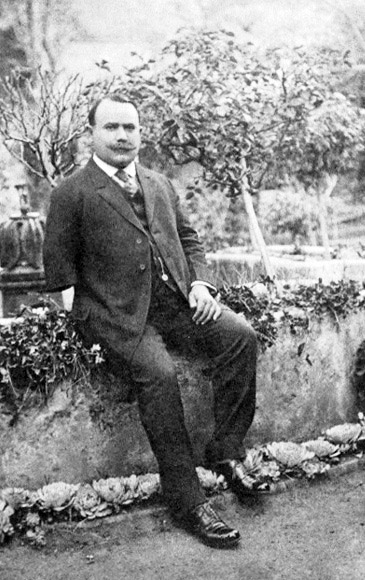Perfiles de Sonora – Presidente Álvaro Obregón
Un verdadero líder y héroe sonorense
Uno de los hijos nativos más estimados de Sonora es un hombre que era un granjero del sur de Sonora que fue llamado a la guerra, donde se convirtió en una figura clave en la Revolución Mexicana de 1910 – 1920. Luego pasó a convertirse en uno de los presidentes más influyentes en la historia de México.
Alvaro Obregón Salido nació el 19 de febrero de 1880 en Siquisiva, en el municipio de Navajoa en el estado de Sonora, México.
Presidente Obregón era un agricultor de garbanzos cuyo trabajo agrícola fue interrumpida por la Revolución Mexicana de 1910 – 1920. En 1914 se dividió con otros revolucionarios Pancho Villa y Emiliano Zapata para seguir la posición de Sonora a lado con Cohuila gobernador Venustiano Carranza, que era el gobernador de la estado mexicano de Coahuila y también se libra una revolución contra el régimen de Huerta.
Carranza nombró a Obregón para servir como su ministro de guerra en 1915, pero en 1920 el general Obregón lanzó una revuelta contra Carranza y ese mismo año se convirtió en el 39º presidente de México.
La presidencia de Alvaro Obregón Salido proporcionó la estabilidad necesaria en un país que había sido desgarrado por una larga guerra, y se le atribuye la realización de grandes reformas nacionales en materia de educación, derechos de tierra y trabajo.
El presidente Obregón regresó al campo de batalla en 1923-24 cuando su ministro de Finanzas Adolfo de la Huerta lanzó una rebelión. Obregón anuló el levantamiento con alguna ayuda de los EE.UU.
Obregón eligió a su sucesor, el ministro del Interior Plutarco Elías Calles, que era un compañero sonorense (nacido en Guaymas) y general revolucionario. El presidente Elías Calles fue elegido para el cargo en 1924.
Y aunque don Alvaro Obregón se retiró a Sonora después de que dejó el cargo, siguió dominando la política, y después de que la Constitución mexicana cambió para permitir que un presidente mexicano sirviera dos mandatos, Obregón volvió a ser elegido para la presidencia de la república en 1928.
Sin embargo, antes de asumir el cargo Alvaro Obregón fue asesinado por José de León Toral, que le disparó a Obregón en la parte posterior de la cabeza mientras le mostraba una caricatura que había dibujado.
El asesinato fue en San Ángel, Ciudad de México el 17 de julio de 1928. El general Obregón fue enterrado en Huatabampo, Sonora y dejó una esposa y siete hijos.
Las contribuciones del Presidente Obregón a la prosperidad moderna y el progreso de Sonora continúan gracias a sus amplias y progresistas reformas, y es una figura venerada no sólo en el estado de Sonora sino en todo México.




